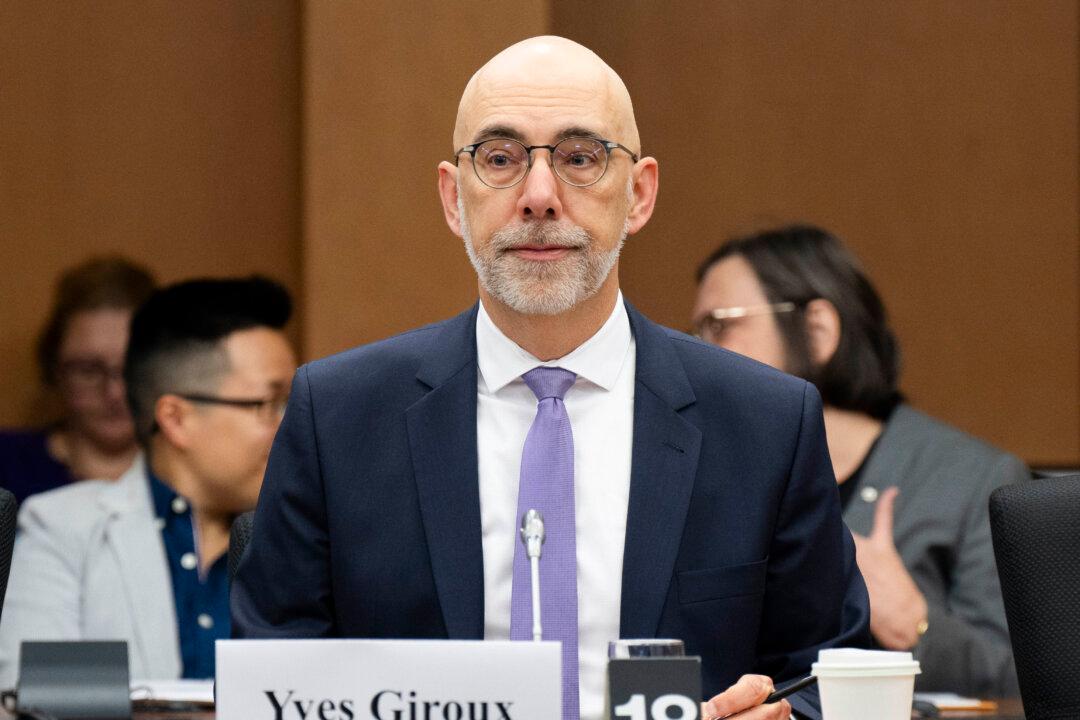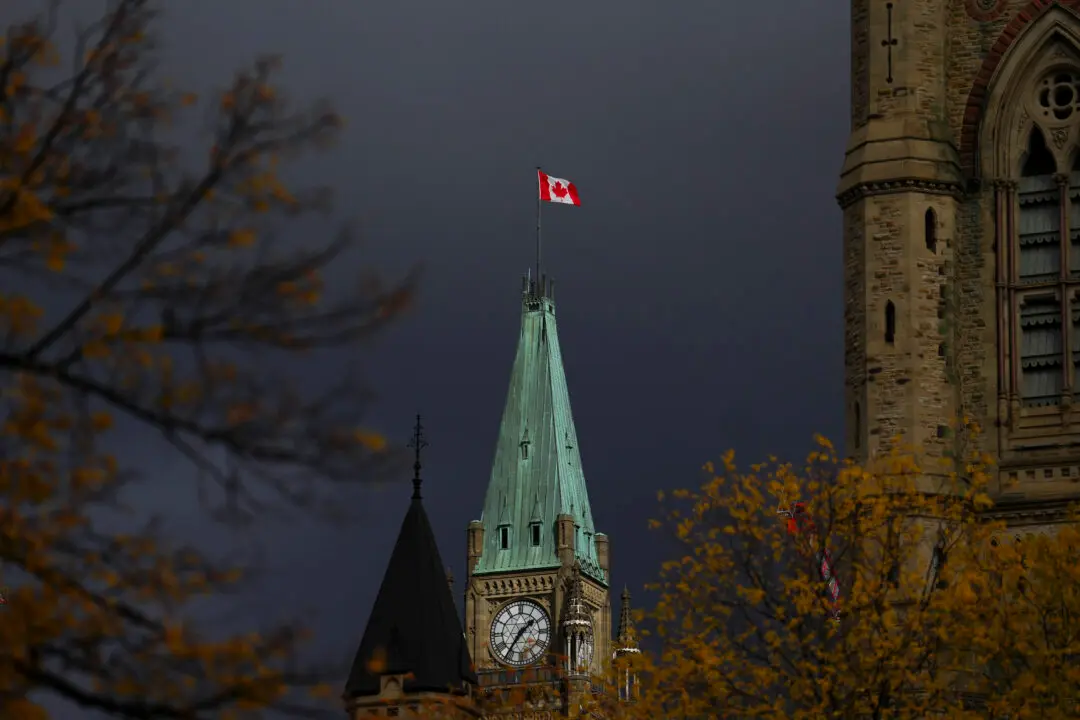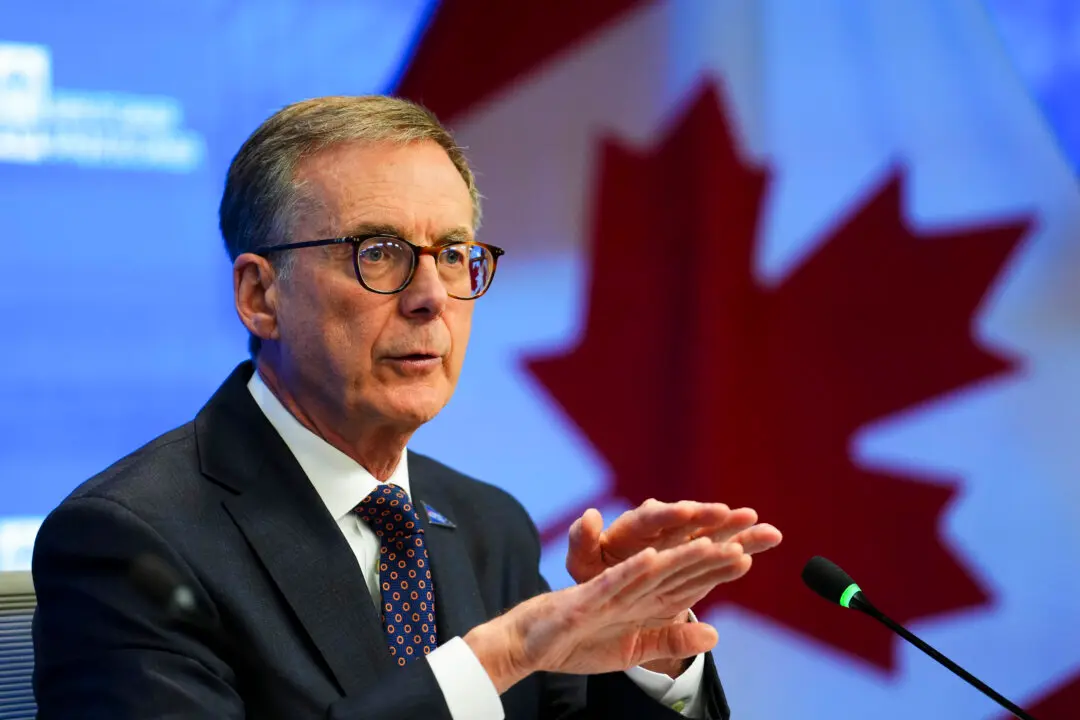The federal government’s Fall Economic Statement (FES) downplayed economic risks despite geopolitical volatility and failed to use updated demographic data tied to its recent changes to immigration policy, according to a new report by the Parliamentary Budget Office (PBO).
The report, published on Jan. 22, said the statement had presented upside and downside economic scenarios that had a “limited range of possible economic outcomes” involving temporary shocks to GDP over the medium term. The downside scenario forecasted that GDP would be only 0.8 percent lower than the planning assumption for the same year, the report noted.





